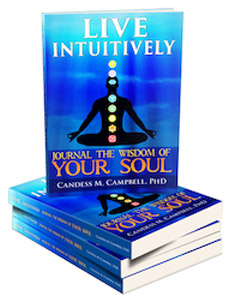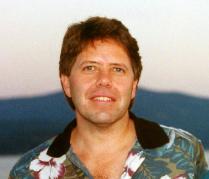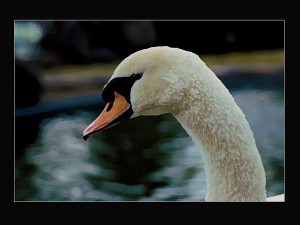“A Belief is just a thought you think over and over again.”
– Abraham-Hicks
The original post was in 2014 and I see that the meaning takes on new life with the political climate at this time and the major planetary changes and clearing that many of us are doing at this time. I’ve made a few changes in the content. Feeling angry, hurt, achy, tired, reactive and having a difficult time adjusting?
You are not alone!
In November 1843, the Hans Christian Andersen’s story, The Ugly Duckling was published in Copenhagen, Denmark. This amazing fairy tale has been read and re-read by adults and children alike, all over the world.
 The story, as you probably know, is about a mother duck in a flock of other ducklings. The bird was teased and bullied unmercifully throughout his life, because he looked different and behaved differently. As an adult, the bird sought out and joined a flock of swans finding them to be beautiful birds. Although he expected the same abuse, the swans were open to his joining with them and they accept him. One day this ugly duck saw his reflection in the water and realized he was not an ugly duck at all, but really was a beautiful swan. He found his flock and fit right in. He was transformed.
The story, as you probably know, is about a mother duck in a flock of other ducklings. The bird was teased and bullied unmercifully throughout his life, because he looked different and behaved differently. As an adult, the bird sought out and joined a flock of swans finding them to be beautiful birds. Although he expected the same abuse, the swans were open to his joining with them and they accept him. One day this ugly duck saw his reflection in the water and realized he was not an ugly duck at all, but really was a beautiful swan. He found his flock and fit right in. He was transformed.
Common to all of us is the desire to be heard, seen and understood. Many of us can relate to this archetypal story of not fitting in and finding ourselves teased, attacked or excluded. We continued to look for and hoped to find “our people”, our flock or our tribe. In the journey of doing so, we often changed our opinions or beliefs. Sometimes we gave up our voice and became silent, all in an attempt to fit in.
So often I hear someone telling another person what “the truth” is and insist on what they “should” be doing or thinking. Communication becomes about what is right or wrong. Opinions become polarized and those who do not agree with either the loudest voice or the group voice can be intimidated, shamed or alienated.
Over the years, the precious beliefs developed as young people get lost in the mass of voices and one’s self-esteem takes a hit. So often when working with clients, the undercurrent of their situation is a feeling of being unworthy or undeserving. How others have treated them guides their beliefs about themselves.
What would happen if, instead of stating your opinion and telling someone what you think, you asked the person to explain more about what they were saying? Wouldn’t it be interesting to see how your relationships change if you went into conversations with the sole purpose of understanding their point of view. How would your posture change if you were there just to receive, to just hear the story?
Join me in practicing Listening!
Now, there will be times to share your opinion and have debates of course, and to enjoy the fun and creativity of a dispute, but let’s change it up a bit. Think about a few people in your life that are important to you. Make a conscious choice to have a couple conversations with them where you just “hold the space” for their musings, for their sharing, for how they see the world. Experience them deeply. Look into their eyes and be present to them. Give them the gift of being heard, seen, and understood. Bring them into your fold and see them as the swan they truly are. Allow your loved ones to be transformed by the incredible generosity of your listening.






